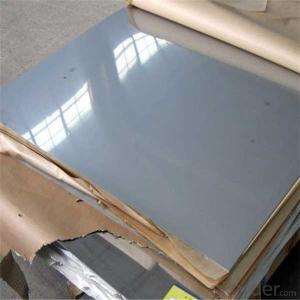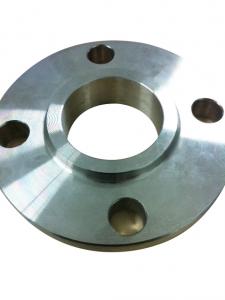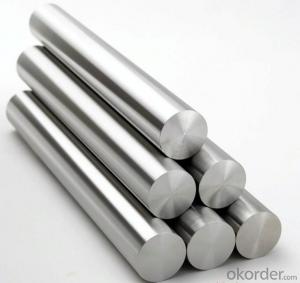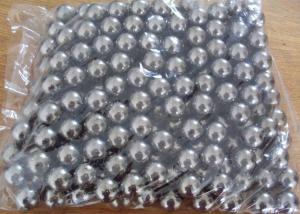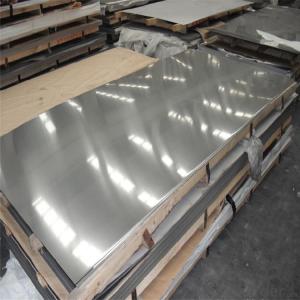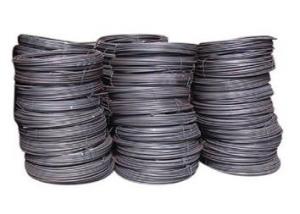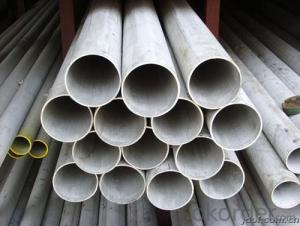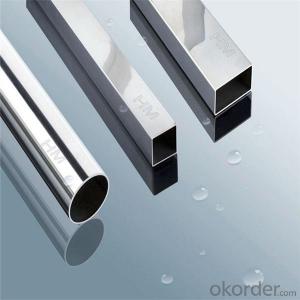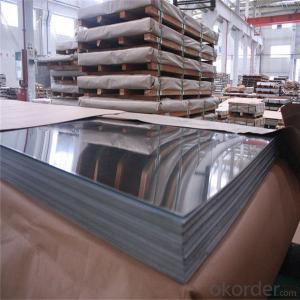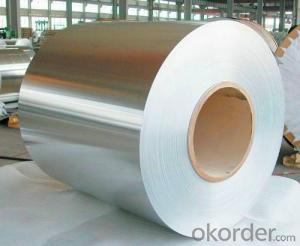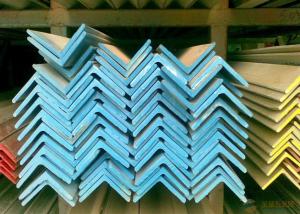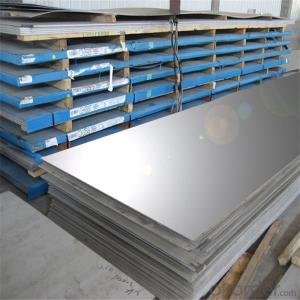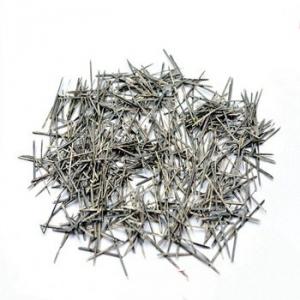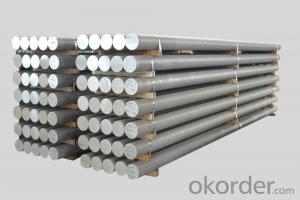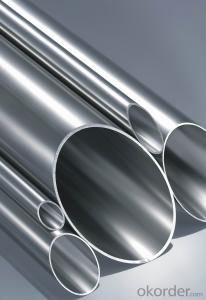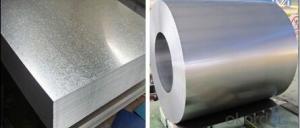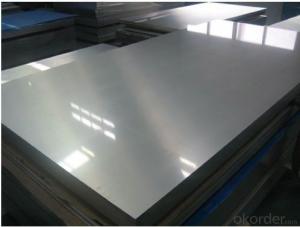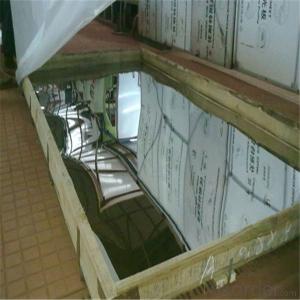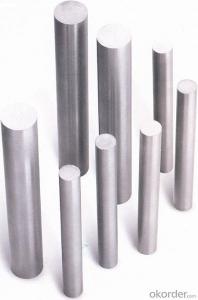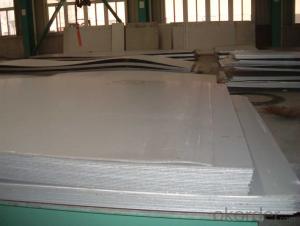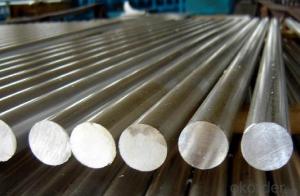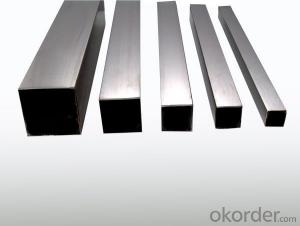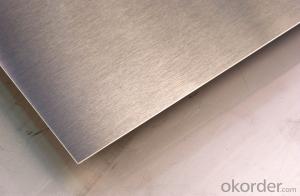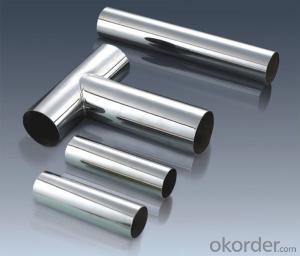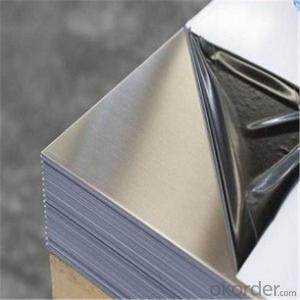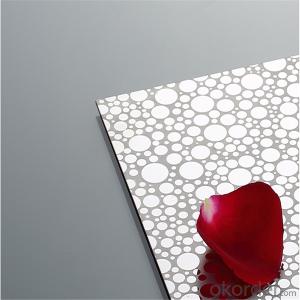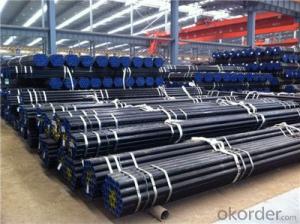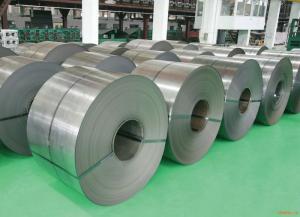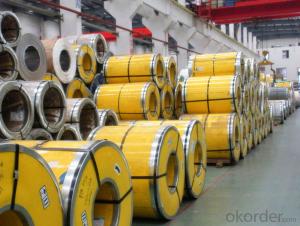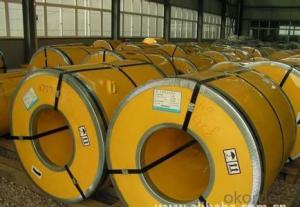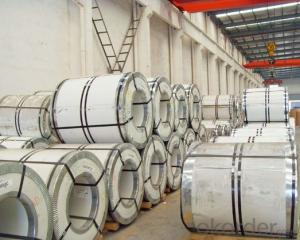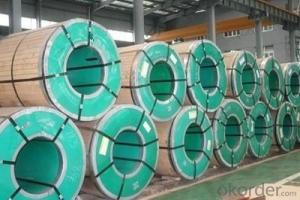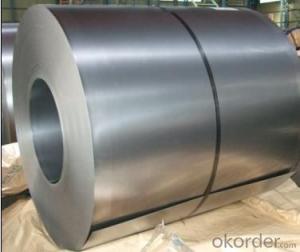Aisi 304 Stainless Steel
Aisi 304 Stainless Steel Related Searches
Type 304 Stainless Steel Grade 304 Stainless Steel 304 Grade Stainless Steel Sus 304 Stainless Steel T 304 Stainless Steel 304l Stainless Steel Sus304 Stainless Steel T304 Stainless Steel 304 Stainless Steel Pipe 304 Stainless Steel Tubing 305 Stainless Steel 304 Stainless Steel Rust Stainless Steel 316 A4 Stainless Steel 304 Stainless Steel Magnetic Type 316 Stainless Steel 302 Stainless Steel 301 Stainless Steel Density Of 304 Stainless Steel Density Of Stainless Steel 304 316 Grade Stainless Steel 304 Stainless Steel Price 300 Stainless Steel 304 Stainless Steel Density 400 Stainless Steel 316ti Stainless Steel Stainless Steel 316l 316l Stainless Steel Stainless Steel 303 300 Series Stainless SteelAisi 304 Stainless Steel Supplier & Manufacturer from China
Aisi 304 Stainless Steel is a widely recognized grade of stainless steel that is known for its excellent corrosion resistance and formability. This product is an alloy of iron, chromium, and nickel, and it is often used in various industries due to its durability and resistance to staining. It is particularly favored for applications that require high levels of hygiene and cleanliness, such as in the food and beverage industry, as well as in the construction and automotive sectors.Aisi 304 Stainless Steel is commonly used in the manufacturing of kitchen appliances, cutlery, and various architectural components. Its versatility makes it a popular choice for a range of applications, from decorative trim to structural support beams. The product's resistance to corrosion and its ability to maintain its appearance over time make it an ideal material for both indoor and outdoor use. It is also frequently employed in the production of industrial equipment, medical devices, and various consumer products.
Okorder.com is a reputable wholesale supplier of Aisi 304 Stainless Steel, offering a vast inventory of this high-quality product. With a commitment to providing customers with reliable and efficient service, Okorder.com ensures that businesses have access to the materials they need to manufacture their products. By maintaining a large inventory of Aisi 304 Stainless Steel, Okorder.com is able to meet the demands of various industries and support the production of a wide array of applications.
Hot Products

